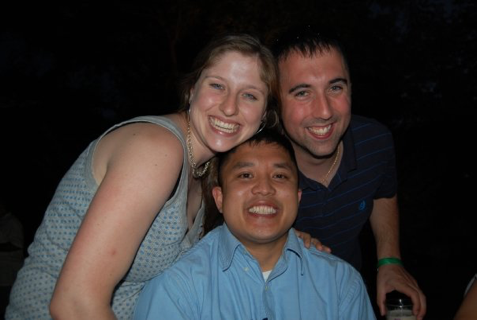Reading about the horrors of the Holocaust is one thing. It is another to see its effects with your own eyes.
Next week, TCU Hillel will open its Holocaust Museum for the fifth consecutive year. The exhibit details the situations that led up to the Holocaust and examines the massive loss of human life that occurred.
One exhibit includes thousands and thousands of matches, which represent those who were killed. This image can have a greater impact on the viewer than if they were simply reading the numbers in black and white. Approximately 6 million Jews were killed during the Holocaust, according to the United States Holocaust Memorial Museum website. This is a shockingly large number — so large, it may be difficult for some to visualize on a human scale. And we should think of Holocaust victims as human beings, not merely numbers or statistics.
TCU Hillel has provided a way for those who visit the museum to see the Holocaust victims as more than numbers, and this could change the way viewers think of more current genocidal conflicts. For instance, it may be difficult for some to comprehend the number of casualties — an estimated 400,000, according to the United Human Rights Council website — that have occurred in Darfur, Sudan. But after viewing the exhibits in the museum, students may better understand the way thousands of individual lives are, and were ended by genocide.
Of course, educating young people about the ways in which genocide begins gives them the ability to recognize and stop it when they see it occur elsewhere. And genocide is something we will encounter, time and time again, until we all learn its symptoms. The Holocaust Museum ensures that people recognize the symptoms, so they can prevent similar situations from occurring in the future.
News editor Maggie Fraser for the editorial board.




